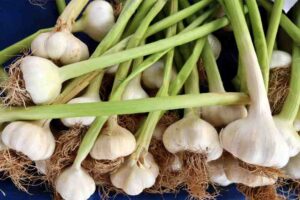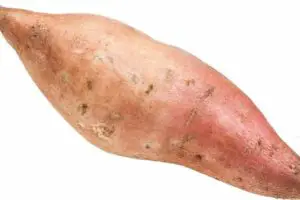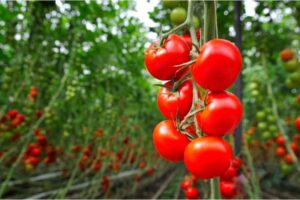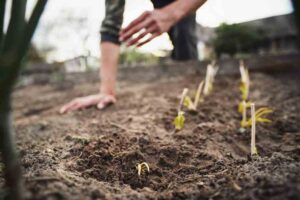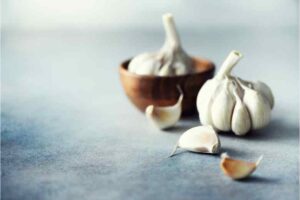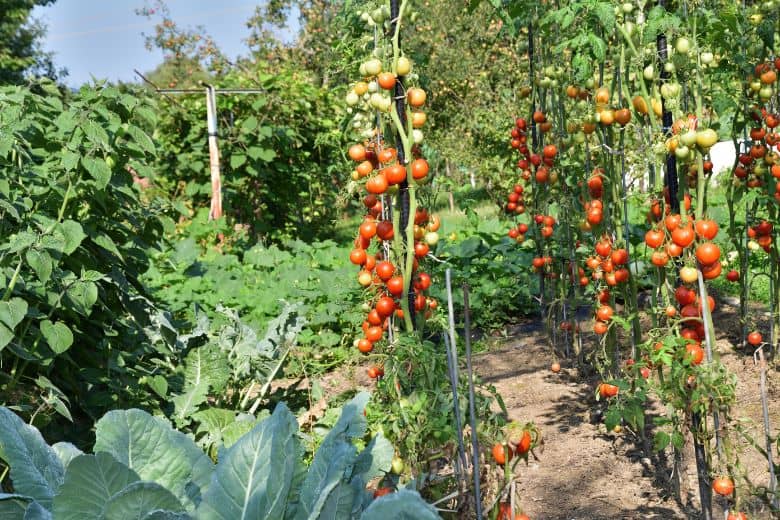
Tomatoes are one of the most popular homegrown vegetables across the United States. Their versatility and nutrient density make them a favorite ingredient for salads, sauces, salsas and more. If you live in Arkansas and want to grow tomatoes in your garden, one of the most important decisions is determining when the best time is to plant them.
While many gardeners in Arkansas plant tomatoes as soon as the soil can be worked in the spring, there is actually an optimal planting window to aim for that results in the healthiest plants and biggest harvests. This guide will break down exactly when to plant tomatoes in Arkansas and provide all the details you need for successful tomato growing.
The Best Month for Planting Tomatoes in Arkansas
The ideal months for planting tomatoes if you live in Arkansas are late April through mid-May. These months represent the average last spring frost date across the state. Tomato plants are susceptible to frost damage, so it’s important to wait until after the last expected hard freeze before putting them in the ground.
Planting too early risks exposing delicate new growth to freezing temperatures that can kill the plants.
Mid to late April is usually safe in most parts of Arkansas as nighttime lows are reliably above freezing by then. However, May is generally the confident start of the tomato growing season as daytime highs are warm enough for good growth and hard freezes are very unlikely.
The soil will also be thoroughly warmed up by May, allowing for fast germination and establishment of tomato seedlings.
Some key points about the best planting windows in Arkansas:
- North Arkansas: Late April to mid-May
- Central Arkansas: Late April to early May
- South/Southwest Arkansas: Mid-April to early May
- Higher elevations may be 1-2 weeks later than lower areas
You can test soil temperatures with a basic soil thermometer if uncertain about frost dates in your microclimate. Wait until the soil is consistently above 60°F before direct sowing or transplanting tomatoes. Following these general guidelines will give tomato plants the best possible start in Arkansas.
Planting Tomatoes from Seedlings vs Seeds
Most gardeners in Arkansas prefer to get a head start on the season by planting tomato seedlings rather than direct sowing seeds. There are pros and cons to both methods:
Seedlings:
Pros:
- Gives you 4-6 weeks of additional growth, resulting in higher early yields
- Ensures good plant establishment before peak summer temperatures
- Allows using stronger garden-ready plants best suited for your conditions
Cons:
- Requires buying/starting seeds indoors 4-6 weeks before last spring frost
- More planning/maintenance than direct sowing
- Direct Seeding:
Seeds
Pros:
- Less work than starting seedlings indoors
- Can plant largest varieties not sold as seedlings
- Less expense than buying plants
Cons:
- Late germination in peak heat risks poorer growth/lower yields
- More care needed to protect tender new seedlings from disease/pests
- May not crop as heavily the first summer
Note:
For Arkansas gardens, seedlings are usually the best bet. Start them indoors 6-8 weeks before the last spring frost for healthy transplants ready to go in the ground at planting time. Hardened off varieties from local nurseries are also a reliable option.
The Tomato Planting Process
Once you have determined your planting dates based on seedling maturity or seed starting schedules, it’s time for the actual planting process. Here are the basic steps:
Step 1: Amend your garden plot 4-6 weeks before planting with compost and a balanced organic fertilizer to provide nutrients for growth. Work it 6-8 inches deep.
Step 2: Decide if you need tomato cages, stakes or a trellis system and erect them now for guidance as plants grow.
Step 3: Excavate holes 12-18 inches wide and deep, slightly shallower than the nursery pot or seed starting container.
Step 4: Gently slip seedlings or starts from their pots or cells, disturbing the roots as little as possible.
Step 5: Place plants in the holes and fill in with native soil, lightly firming to eliminate air pockets. Water thoroughly afterwards.
Step 6: Top dress generously with 2-4 inches of an organic mulch like shredded leaves to retain moisture. Pull back slightly from stems.
Step 7: As plants grow, tie them gently to stakes or position in cages/trellises for stability against wind/weather.
Following these steps will ensure your tomato plants get off to a strong start in the Arkansas garden. Stagger plantings every 2 weeks through the recommended window for a continuous harvest.
Tomato Aftercare Tips for Arkansas
- Once those tomatoes are planted, here are some tips for ensuring a bountiful harvest:
- Water thoroughly 1-2 inches per week, more in extreme heat/drought. Use a soaker hose under mulch.
- Fertilize monthly with a balanced organic formula like compost tea until August.
- Prune suckers (armpit shoots) below first flower clusters for increased production.
- Control pests and diseases with organic sprays of neem, garlic or insecticidal soap as needed.
- Mulch additional 2 inches as needed to retain soil moisture and suppress weeds.
- Cage or stake all indeterminate varieties and select determinates for support.
- Harvest ripe tomatoes by twisting gently from the vine.
- Expect harvests June-October, with determinates finishing earlier than later maturing indeterminates.
- Remove plants after first frost and compost remains to replenish garden nutrient levels.
Following these simple aftercare steps will maximize Arkansas tomato harvests well into the fall months when nights start cooling down. Proper watering, fertilizing, pest control and pruning ensure peak production right through to the end of the growing season.
Spring Tomato Precautions for Arkansas
While tomatoes thrive when given ideal growing conditions in Arkansas, there are a few pest and weather precautions to be aware of in the spring:
- Cutworms – Check seedlings at planting for signs of chewing at the stem base and use collars or natural repellents to deter them.
- Late Frosts – Be prepared to cover plants or bring pots indoors if temperatures dip unexpectedly after planting.
- Damping Off Disease – Ensure seedling mix is well-draining to prevent fungal issues exacerbated by too much moisture in colder soils.
- Torpedo Bugs – These pests can damage emerging seedlings, but are easy to control with organic sprays if detected early.
- Heavy Rain/Wind – Stake or cage tomatoes properly before major spring storms arrive to prevent damage.
- Wild Animals – Deer and rabbits may find tomato seedlings enticing, so consider cages, repellents or fencing if they are common garden pests.
With diligent monitoring and promptly applied organic controls, you can minimize risks to Arkansas tomato plantings and before long be enjoying a bounty of homegrown tomatoes! Just be prepared for those unexpected frosts, heavy rains or pest issues until plants are more established.
Conclusion
If you live in Arkansas and want to grow tomatoes this summer, don’t wait any longer – the peak planting window is now upon us between late April and mid-May. Stock up on quality tomato seedlings and all the supports, fertilizers and organic controls you’ll need. Your tomatoes will thank you with earlier and heavier harvests compared to planting later in the season. Following the guidelines here ensures Arkansas gardeners get tomatoes off to the best possible start while avoiding risks of frost, pests and disease. Start planting this week and before long you’ll be enjoying a delicious abundance of homegrown tomatoes!

